
Bioscientific Publishers

Showing all 15 books


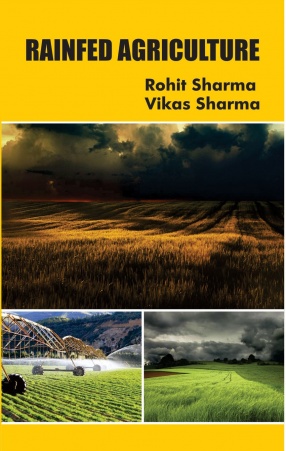
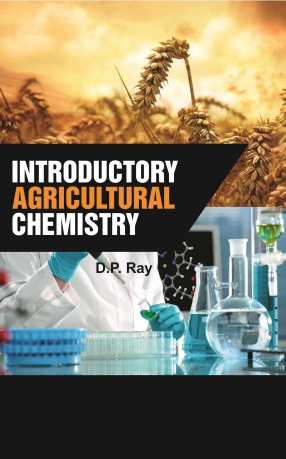

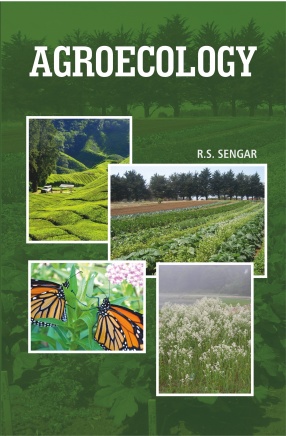
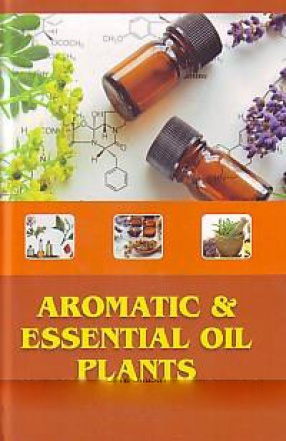
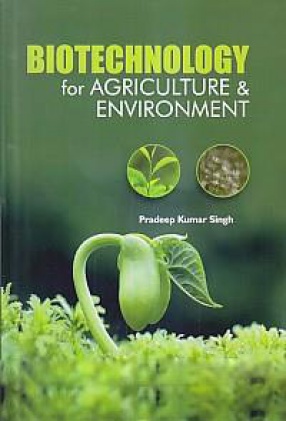
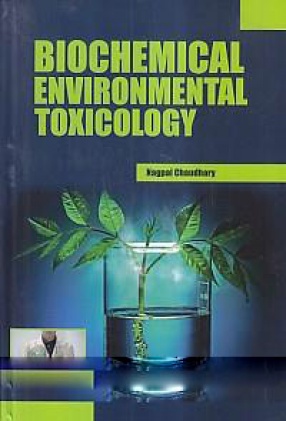
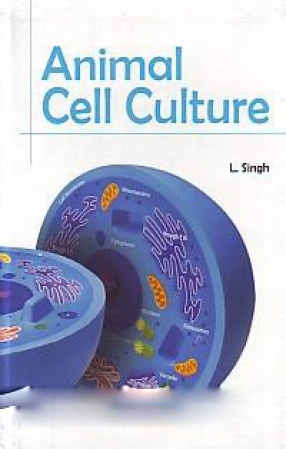






The authors considered that managing rainwater and soil moisture more effectively, and using supplemental and small-scale irrigation, held the key to helping the greatest number of poor people. It called for a new era of water investments and policies for upgrading rainfed agriculture that would go beyond controlling field-level soil and water to bring new freshwater sources through better local management of rainfall and runoff. The chapters in this book provide ...

Agricultural chemistry is the study of both chemistry and biochemistry which are important in agricultural production, the processing of raw products into foods and beverages, and environmental monitoring and remediation. Agricultural chemistry today must carry out further practical and theoretical work in root nutrition in order to raise the coefficient of fertilizer consumption, develop methods to increase plant utilization of the soil’s nutrient ...

Agricultural Meteorology involves the integration of climatological and meteorological data and techniques into agricultural problems, such as crop production, soil moisture, moisture stress, and migration of pests. A good background in basic maths and sciences is required. The chief concerns of modern agricultural meteorology are development of methods of forecasting meteorological phenomena that endanger agriculture and perfection of methods of long-range ...

Agroecology is the science of applying ecological concepts and principles to the design, development, and management of sustainable agricultural systems. Agroecology is a scientific discipline that uses ecological theory to study, design, manage and evaluate agricultural systems that are productive but also resource conserving. Agroecological research considers interactions of all important biophysical, technical and socioeconomic components of farming systems ...
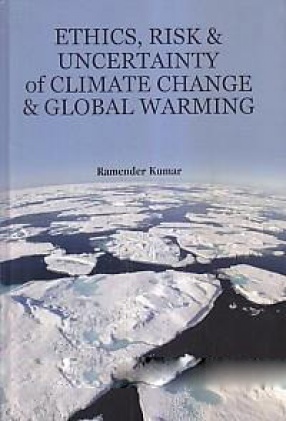

Crop diseases are known to be caused by various abiotic and biotic agents. Diseases in plants are as similar as diseases in animals and human. We cannot see the actual organism responsible for disease but we feel and see the symptoms. Disease can be described as “any deviation from the normal behavior in a living organism is called a disease”, different living organisms have different diseases and different microbes cause different diseases.” ...





